QuestionHi there,
I have a salt water tank that has been running for the last 1 1/2 years. About 8 months ago I noticed a red patch appearing on a rock, and decided to ignore it! I have now learnt not to ignore these things because the whole tank is now covered in red slime algae. I have a 50 gallon tank, protein skimmer, turbo pump for skimmer and also an undergravel filter with air pump in one pipe and smaller turbo pump in the other as well as at least 44 pounds of live rock. About 2 months ago I read that I need to scrub the algae off with a toothbrush each week and do weekly water changes to get it under control. I have been doing this, and the algae does not get to the point it was before where it looked like blood clots on the rock but in a week it is still all red. I currently have 5 fish in the tank (the rest all died after a bad batch was added) and they do not seem to be bothered by it. Today I read that I need to make sure my protein skimmer is working properly -so I went and looked as I only get a very small amount of watery liquid each week which is only light yellow in colour. From what I read it should be brown and sludgy. I worked out how to adjust the water level in the skimmer but have no real idea what the water level should be. I also found that my airpump/stone in the UGF was not working either. SO I have corrected these two things.
Can you please give advice on how deep the protein skimmer should be filled and any other advice on getting rid of the red algae. I did wonder if my salt water mix was not good quality - but I live in the Philippines and it is the only brand I have seen available and all salt in the supermarket is iodised. Would water conditioners help?
I am so sick of scrubbing each week that I am thinking of changing to freshwater fish tanks...
AnswerHey there,
First of all look at how deep your substrate is and how many pounds of live rock you have in the system. The rule of thumb is 1 pound of each per gallon of water(.453 kg for every 3.8 liters). This is a huge part of your biological filter. Less than that and the system isnt healthy and will struggle. I personally dont use protein skimmers, but the water level in your skimmer should be indicated in the instructions for your skimmer. Each model and brand is different. Fixing the air problem in the UGF should be a great help(the way a skimmer works is that the organic material attaches to the bubbles produced in the column and carries it through the system) and you should see the result within 4 days to a week. Some protein skimmers just never produce much skinmate.
The red algae you describe isnt algae at all(Im 99.9% positive of that). It's cyanobacteria. A 3.8 million year old bacteria that thrives in nutrient, phosphate rich, water environments. How long do you run your lighting? How often do you change the bulbs? Inadequate lighting or old tubes and bulbs is a HUGE reason people see cyano outbreaks. Over extended lighting periods and over feeding or having detritus material in the system compounds the problem. Scrubbing it off wont fix the problem. Reduce your lighting periods, reduce feedings. Use your substrate vac the next time you do a water change to suck out as much as possible. This with the reduced feedings and lighting time will help you irradicate the cyano over a week to 2 weeks. Then just monitor your feedings and water quality closely and increase your lighting time again. Never more than 12 hours of lighting though.
What is the sea salt brand you have to use? Some do contain excessive phosphates but that does not make them bad. This can be buffered. You can generally find phosphate removing filter media("Poly-Filter Pads" work great), or additives at pet stores and online. The phosphates really only need to be monitored or buffered if you are keeping corals and certain inverts.
NEVER use the table salt or edible sea salts you can find at the grocery store or supermarket! Iodised or otherwise this is a different compound all together and can cause serious problems for your pets!
Let me know if you have any other questions.

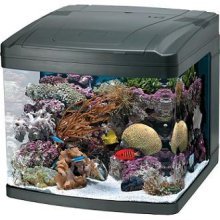 three month old biocube 29 tank
QuestionQUESTION: i have had my tank up and running for
three month old biocube 29 tank
QuestionQUESTION: i have had my tank up and running for
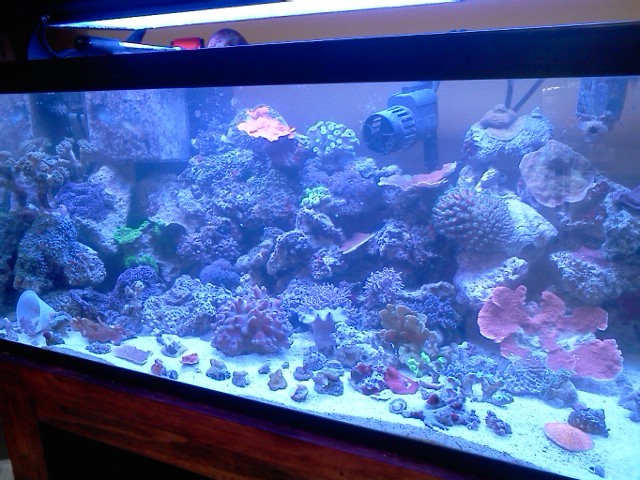 Cloudy water on reef tanks
Question
Reef Tanks
Hi, I have a 55 gl bowfront
Cloudy water on reef tanks
Question
Reef Tanks
Hi, I have a 55 gl bowfront
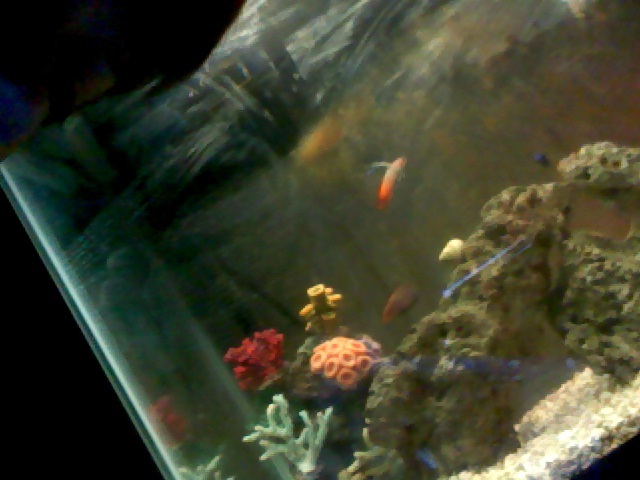 six line wrasse
QuestionQUESTION: Hello, I have a 14 gallon tank with y
six line wrasse
QuestionQUESTION: Hello, I have a 14 gallon tank with y
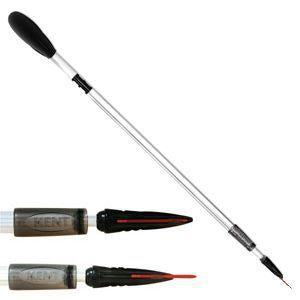 Snowflake eel
QuestionDavid, I just got a Juvy snowflake eel yesterda
Snowflake eel
QuestionDavid, I just got a Juvy snowflake eel yesterda
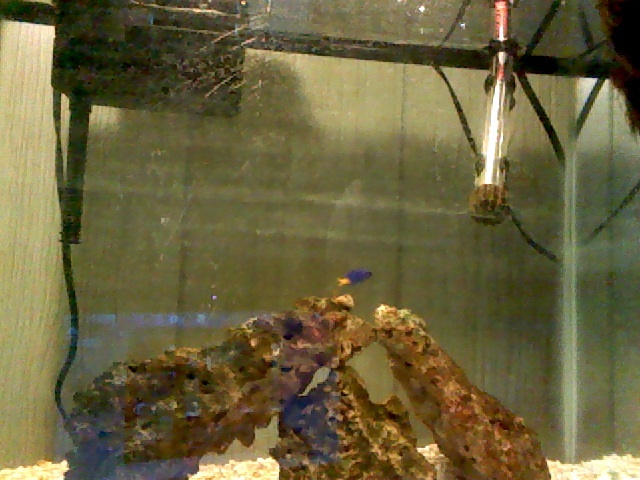 15 gallon marine tank
Question
my tank
hello, I have a 15 gallon FOWLR tank I
15 gallon marine tank
Question
my tank
hello, I have a 15 gallon FOWLR tank I